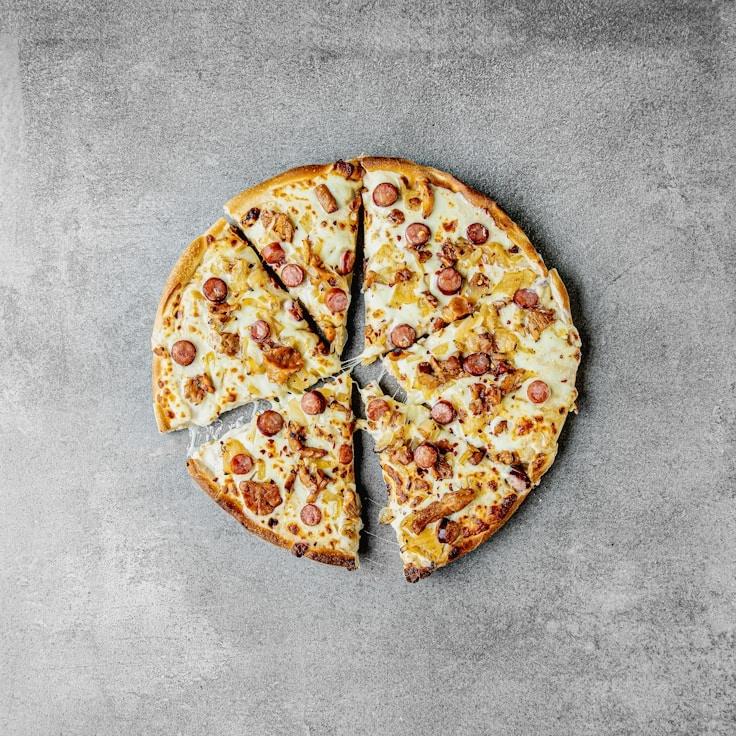Here at Dough Maestro's Pizzeria, we hold the conviction that extraordinary pizza begins with extraordinary dough. With over thirty years dedicated to refining our technique, we're thrilled to divulge some of our time-honored tips with our followers. While the precise blend remains our secret (some rituals are meant to be kept), the following guidelines will aid you in crafting pizzeria-level pizza dough within the confines of your own kitchen.
Significance of Flour Quality
The cornerstone of superior pizza dough lies in the quality of the flour. 00 grade flour is our top choice, known for its ultra fine grind and optimal protein content close to 12%, yielding a dough that's both pliable and robust. For those without access to 00 flour, bread flour makes a reasonable alternative, albeit with a marginal difference in texture.
Water's Role in Dough Consistency and Fermentation
Notably, your water's temperature influences the dough's fermentation period and overall development. Opt for cool water at approximately 45°F (7°C) to promote a slower fermentation yielding a more flavorful result. Conversely, lukewarm water around 85°F (29°C) accelerates fermentation. As for hydration, maintaining a water-to-flour ratio within the 60-70% range suits most residential ovens.
Yeast Usage and Fermentation Duration
A key secret to tasteful dough is minimal yeast usage augmented by prolonged fermentation. For a fermentation cycle spanning 24-48 hours, we utilize merely 0.2% fresh yeast in proportion to the flour weight. This unhurried method cultivates intricate flavor profiles while generating more digestible dough.
Salt's Functional and Flavorful Characteristics
Salt serves a dual purpose: it not only seasons the dough but also reinforces the gluten network and modulates fermentation. We suggest using fine sea salt at a rate of 2.5-3% of your flour weight. Introduce it as the flour and water commence amalgamation, avoiding direct contact with yeast.
Mastering Dough Fermentation
Upon mixing your ingredients, allocate two hours for the dough to undergo initial bulk fermentation at ambient temperature, then apportion it into balls. These should be stored in sealed containers and refrigerated anywhere from 24 to 72 hours. It's during this period of cold fermentation that enzymes work their magic, transforming starches into sugars, which not only enhances flavor but contributes to the dough's iconic crust coloration.
Gentle Dough Handling Techniques
Prior to embarking on your pizza creation, allow the dough to return to room temperature over 1-2 hours. When shaping the dough, treat it delicately to maintain the natural air pockets. Press and extend the dough using your fingertips rather than rolling it out, which could deflate those essential bubbles.
Finishing Touch: Achieving Optimal Heat
While our professional ovens attain scorching levels of 850°F (454°C), most home ovens plateau at roughly 550°F (288°C). To bridge this gap, preheat a pizza stone or steel for a minimum of one hour, supplying the necessary intense bottom heat to render a crust that is simultaneously crispy and airy.
Honing your pizza dough skill is an ongoing quest, with each iteration teaching new lessons. You're encouraged to keep detailed notes, tweak variables, and experiment to find what yields the best results in your kitchen's unique conditions.
For those interested in gaining hands-on experience with our dough-preparation practices, we host monthly workshops where Chef Alessandro shares these techniques in depth. For upcoming sessions, scan our events schedule!

